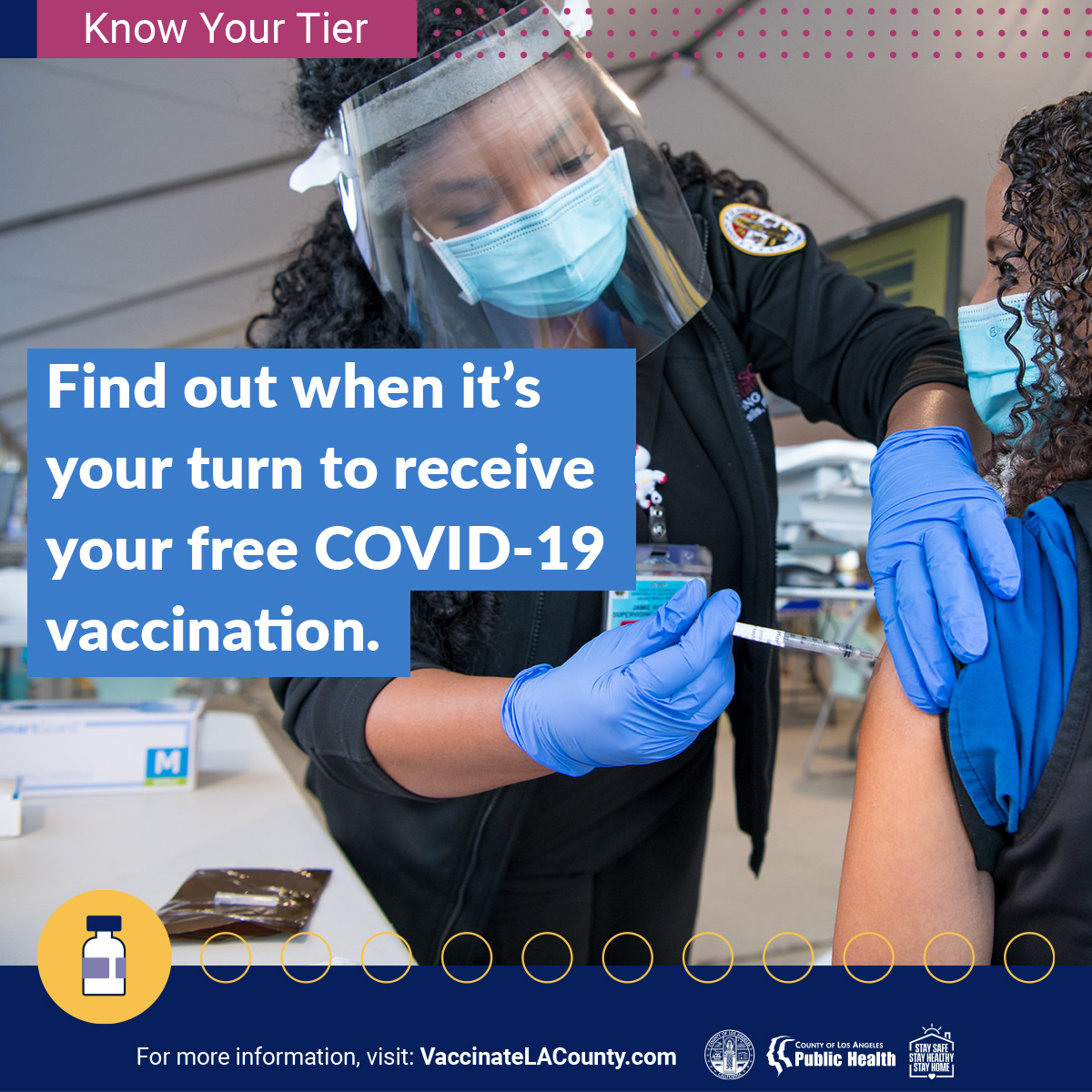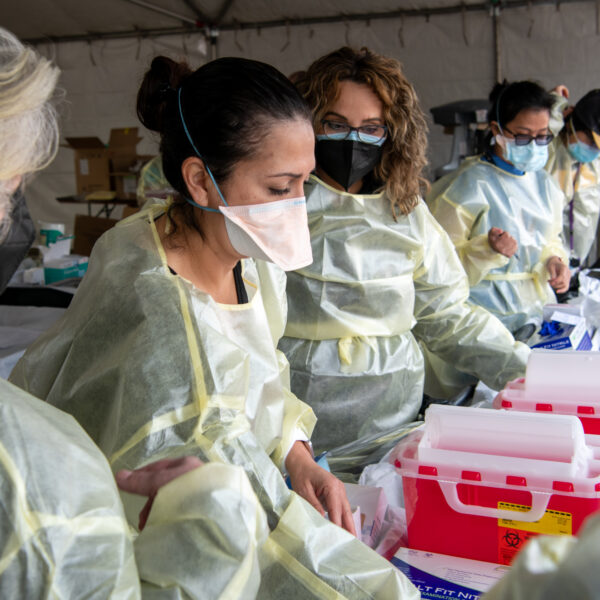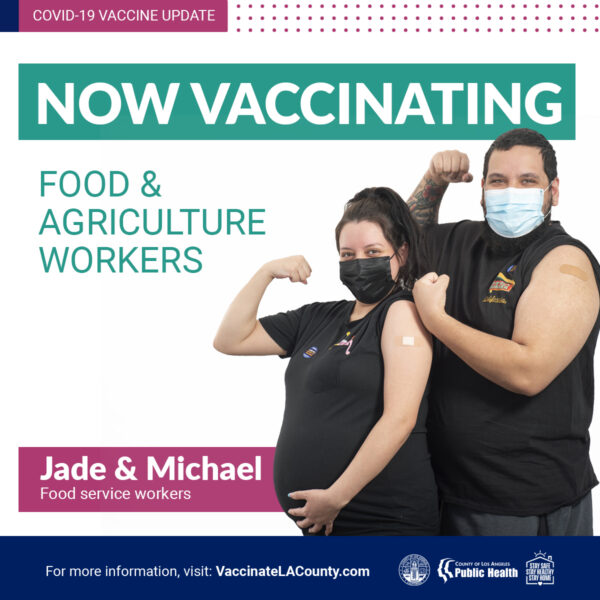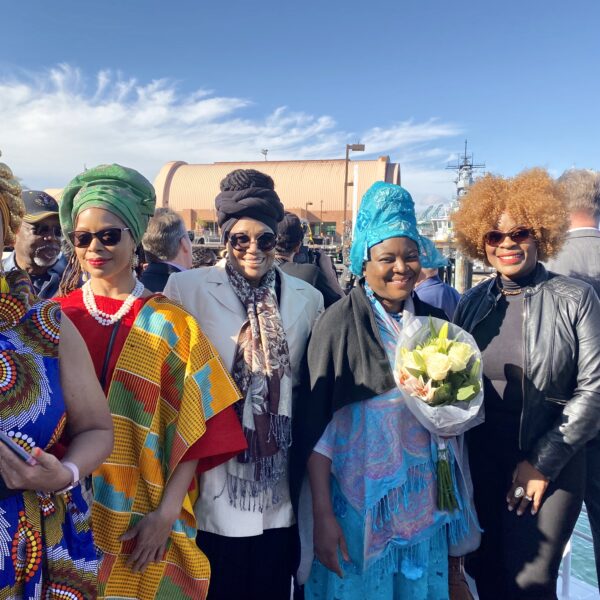“We are not in this together”
Magazine, Living Well, The Immigrant Experience
It comes as no surprise that health equity issues have been the subject of debate since the start of the Coronavirus pandemic. According to multiple reported data, African Americans, Latinos and other people of color have felt the brunt of this disparity from white America in astronomical ways.
“In California, 55 percent of COVID deaths are LatinX people, according to data recently released by the Department of Public Health. In New York, South Asians have the highest rates of positivity and hospitalization among Asians, second only to Hispanics for positivity and Blacks for hospitalization. Chinese patients had the highest mortality rate of all groups and were nearly 1.5 times more likely to die than Whites.Across the U.S., Black people account for 39 percent of COVID deaths, and the Native American community has almost double the mortality rates of Whites, according to CDC data. COVID death rates spotlight the gaping inequities in COVID health care and hospitalizations. Moreover, at-risk ethnicities have not been prioritized for vaccine distribution.”
In a briefing for Ethnic & Community Media hosted by The Los Angeles County COVID-19 Joint Information Center and presented by Ethnic Media Services, health officials and community leaders of various minority groups spoke on this issue while questioning what needed to be done to change this trajectory.
Noting that the trends indicate that Black and Latino communities were not receiving the covid-vaccine proportionately to their white counterparts, Dr Daniel Turner-Lloveras, Founding member of Latino Coalition Against COVID-19 shared findings of his new study, which focuses on the equitable allocation of the COVID-19 vaccine. Noting that accuracy in data reporting was a very important factor in fighting disparities in care, he expressed frustration at the lack of accuracy in reporting racial data which by his estimation would hinder the ability to provide solutions.
According to one of the speakers, Virginia Hedrick, Executive Director, California Consortium for Urban Indian Health, we are “not in this together”. Considering the fact that Native Americans and Alaska Natives have been hit by the pandemic at rates three and a half times higher than their white non-Hispanic counterparts at any given time and mortality has been almost two times higher it is evident that this community has not been prioritized.
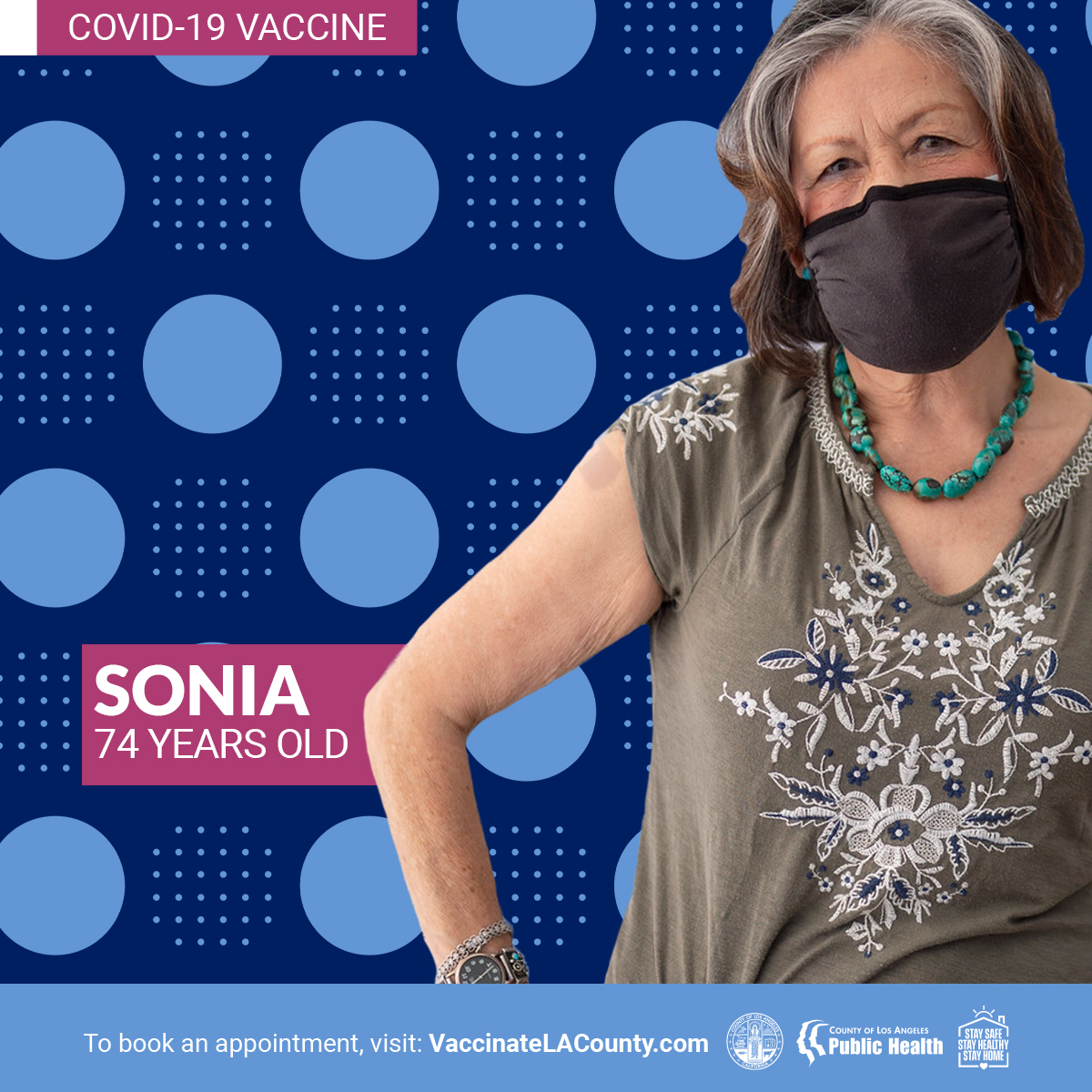 Dr. David M. Carlisle, President and Chief Executive Officer of Charles R. Drew University of Medicine and Science in the Watts-Willowbrook area of Los Angeles County lamented the fact that the challenges facing black and brown communities wasn’t anything new and was “unethical and inhumane”. Why would vaccines be distributed in areas that do not reflect the community’s needs or diversity. While pharmacies in opulent neighborhoods like Huntington Beach and others are great, it however shows lack of consideration when large arenas like the Dodger Stadium have to be shut down due to lack of doses.
Dr. David M. Carlisle, President and Chief Executive Officer of Charles R. Drew University of Medicine and Science in the Watts-Willowbrook area of Los Angeles County lamented the fact that the challenges facing black and brown communities wasn’t anything new and was “unethical and inhumane”. Why would vaccines be distributed in areas that do not reflect the community’s needs or diversity. While pharmacies in opulent neighborhoods like Huntington Beach and others are great, it however shows lack of consideration when large arenas like the Dodger Stadium have to be shut down due to lack of doses.
Adam Carbullido, Director of Policy & Advocacy, Association of Asian Pacific Community Health Organization, stated that Asian communities have long suffered from discrimination due to language barriers and recently the attribution of the virus’ source as coming from China has made it worse. The rate of hate crimes and xenophobia is at an all time high and the trauma from these instances has caused many to shut down. It would be necessary for Congress to compensate by providing more resources for Community Based Organizations who have stepped up in the front-line.
In essence the pandemic may not have been the source of health inequities but it has certainly exposed the dire situation communities of color face daily as far as health concerns. Now more than ever the situation has gotten worse as no one seemed prepared when covid-19 hit.

